
The Sticky Workplace – How to Attract Staff Back
Workplace strategists are facing a delicate challenge right now; how do we attract staff back into the workplace, whilst offering them reasons to stay or “stick” in the office, especially when there are so many benefits seen recently in working from home? This then leads us another question - how do we get staff to stay suitably engaged and invested in the company and to commit their long term futures to it?

Not all employees want to return to the workplace; many recent surveys have been shared showing that people have grown uneasy about returning to in-person work, and being skeptical of the need for traditional workplaces. If the workplace is uncomfortable or full of distractions, it can make for an unhappy workplace. For example, an open office layout is good for employee interaction but prone to noise and visual distractions that can make it difficult to focus on their work. There's no perfect or "best" office layout, but as long the needs of your employees are prioritized, then it goes a long way in making them feel valued.
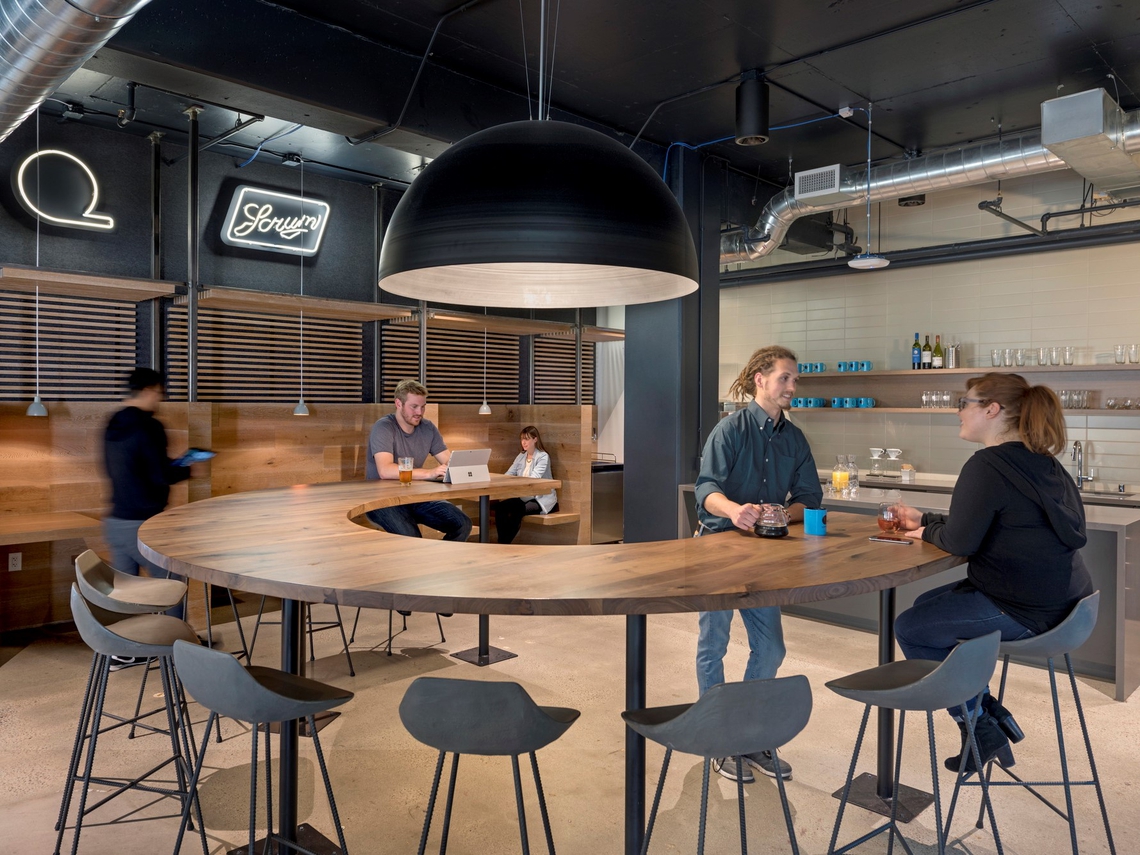
Urban designers have been facing similar issues with the physical environments of a city centre for a lot longer. They have to think about how to help people feel safe, whilst also giving them reasons to visit and stay in a city centre. There are many principles that we can use from these planners and apply to the workplace in order to draw staff in and get them to ‘stick’.
Three key principles which relate to both situations are;
Mixed Uses - another aspect of urban design is taking maximum advantage of mixed-use opportunities. Planning professionals have long recognized the benefits of mixed-use districts. Office spaces can often address desires, luxury and convenience by offering amenities such as cafes, fitness areas, or well-being rooms alongside traditional workspaces. The goal being to create a space where people can take work above and beyond the typical “at work” behaviours and provide benefits employees can’t get while working at home.

When designing a workplace, neighbourhoods and communities create a sense of belonging, especially when these neighbourhoods are more than just a group of cubicles and conference rooms and instead include agile solutions and flexible interaction for collaborating across teams. Integrating clear wayfinding and incorporating planning concepts such as landmarks, nodes, and edges provide a framework for neighbourhoods. Zoning with modular furniture can go a long way to accomplishing this, and gives flexibility in reconfiguring and adapting as the workplace evolves. You can read more about Designing For A Flexible Workplace in one of our previous articles.
However, physical design elements alone are not enough to support a “community.” While functional in providing an organizational framework, the neighbourhood model tends to focus on the physical attributes of a space at the expense of people. The sociocultural environment (the communities of work) that make up an organization is equally important. Being able to appropriately represent your brand and corporate identity that essentially creates an experiential workplace that acts as a destination that employees and visitors want to come to. Only by addressing both can we create workplace experiences worth returning to and thriving in.

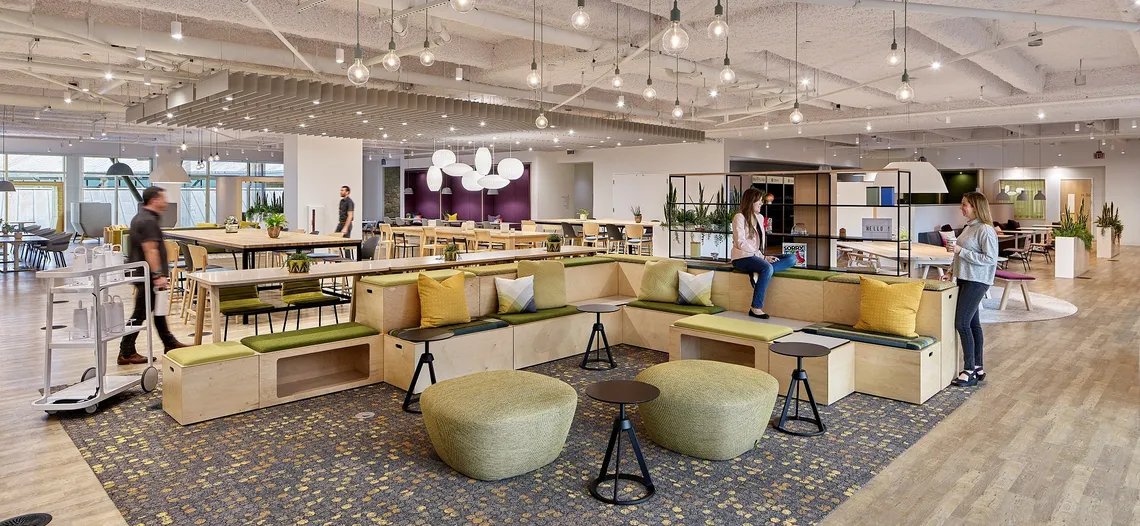
Another aspect to consider are theories on how staff are motivated at work. Herzberg and Maslow produced two well known theories; Herzberg theorised there was a set of factors in any given workplace that contributed to an employee being satisfied with their job, ‘Motivators’, which includes enabling them to participate in interesting work and allowing them to achieve recognition. At the other end of the spectrum, there is another set of factors which can cause an employee to be dissatisfied if regarded as unsatisfactory, ‘Hygiene Factors’, these include factors such as pay, job security and benefits.
As an alternative, Maslow’s theory presents the idea that everyone has a “hierarchy of needs” which can be represented as a pyramid. With the base being the most fundamental needs for life; survival needs. And the top represents the individuals ability to achieve their full potential. Maslow’s theory suggests that the more fundamental needs that feature lower down must be fulfilled before an individual can climb the pyramid and focus on satisfying his or her higher level needs.

Finding the balance between ensuring that the more fundamental needs of people are met and that people also feel valued by the organisation, means they are challenged and that they have the room to grow and learn more. Applying these motivational factors to a workplace strategy can help to create an experiential workplace that employees want to ‘stick’ to.
A workplace that is experiential can serve as a foundation for recovery from recent disruptions and concerns. If you want your employees to improve their productivity, it could come down to the structure and setting of your office. Not just the location, but the layout of office furniture and equipment, applying agile and flexible solutions and giving people the freedom to individualize their workspace. Creating a culture that improves the overall vibe of your office, give a sense of “place,” or attachment offering more than just an aggregate of decorative elements. Its purpose is to celebrate and reflect the culture of those working in a particular location, providing benefits employees can’t get while working at home.


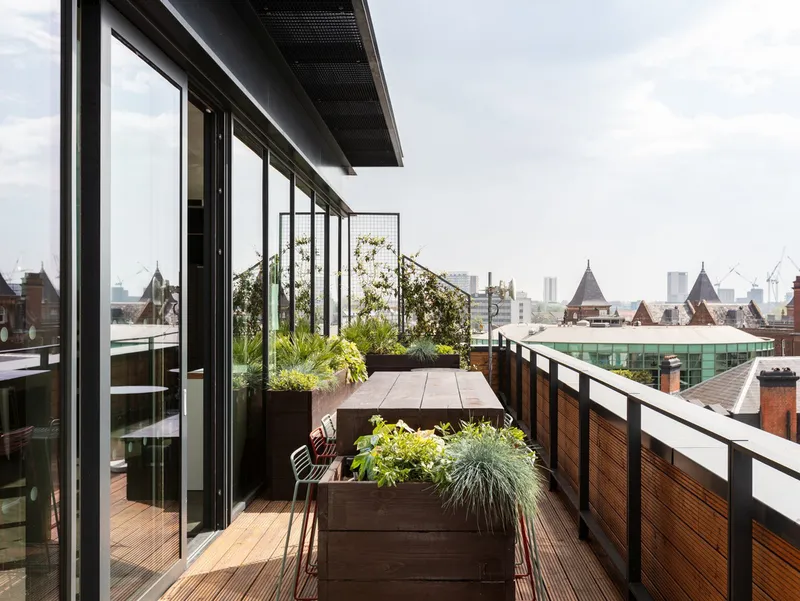

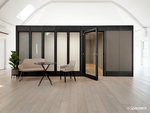
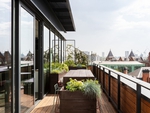
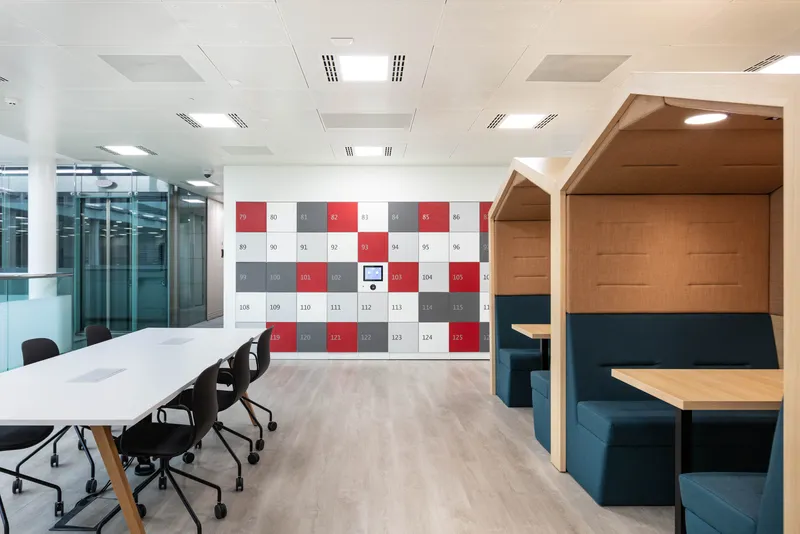
A flexible and collaborative working environment, with a soft and biophillic color palette for world-leading informatio…
TECHNOLOGIE & INFORMATIQUE
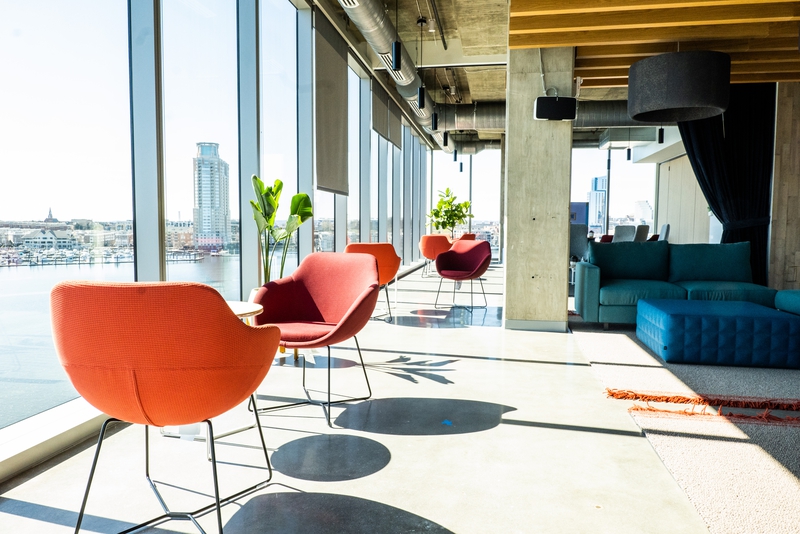
With enviable views, a bright and on-brand design, the new Baltimore offices of the digital marketing agency, Jellyfish…
SPORTS, MÉDIAS ET DIVERTISSEMENT